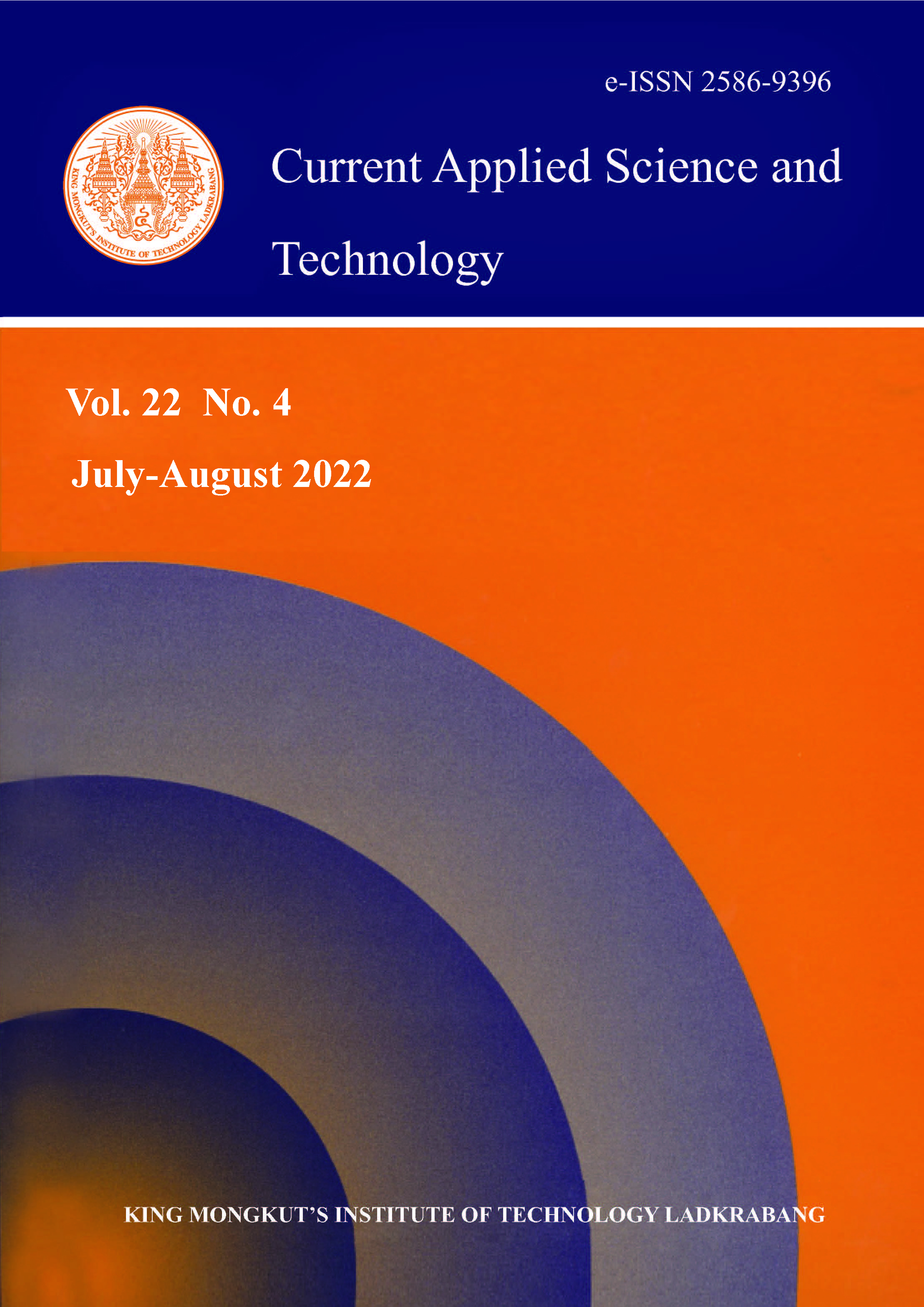Nanoporous carbon was successfully prepared by hydrothermal carbonization with chemical activation using water hyacinth as a raw material. The porous carbon was produced for the adsorption of methylene blue (MB), which is an organic pollutant in wastewater from several industries. The effect of various parameters such as pH, dye concentration and adsorption period time on dye removal were studied. The highest removal efficiency of MB obtained using WH nanoporous carbon was approximately 96.8-99.9% within an adsorption time between 10 and 30 min. The dye removal capacity increased with increasing of period time during the adsorption test. Moreover, the adsorption kinetics of MB during adsorption process was explained by the Langmuir and Freundlich adsorption isotherms.
Keywords: nanoporous carbon; hydrothermal carbonization; adsorption capacity; methylene blue adsorption; Freundlich Isotherm
*Corresponding author: Tel.: (+66) 897815665 Fax: (+66) 23298265
E-mail: apiluck.ei@kmitl.ac.th
Sukulbrahman, M. ., Siraorarnroj, S. ., Suksai, N. ., Kaewtrakulchai, N. ., Chutipaijit, S. ., Chanpee, S. ., Puengjinda, P. ., Fuji, M. ., Eiad-ua*, A. ., KlomKlao, S. ., & Jaruvanawat, A. . (2021). Nanoporous Carbon from Water Hyacinth via Hydrothermal Carbonization assisted Chemical Activation for Dye adsorption. CURRENT APPLIED SCIENCE AND TECHNOLOGY, DOI: 10.55003/cast.2022.04.22.014 (9 pages). https://doi.org/10.55003/cast.2022.04.22.014

